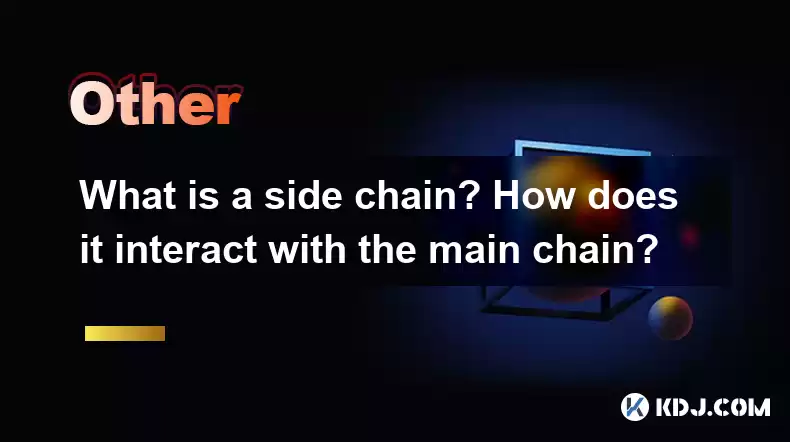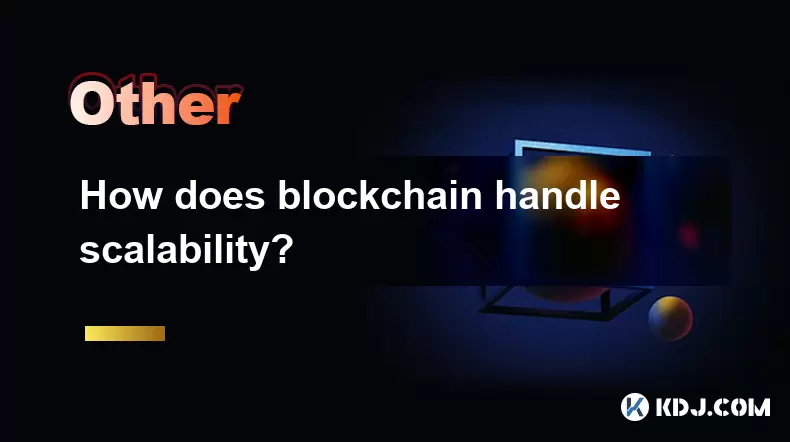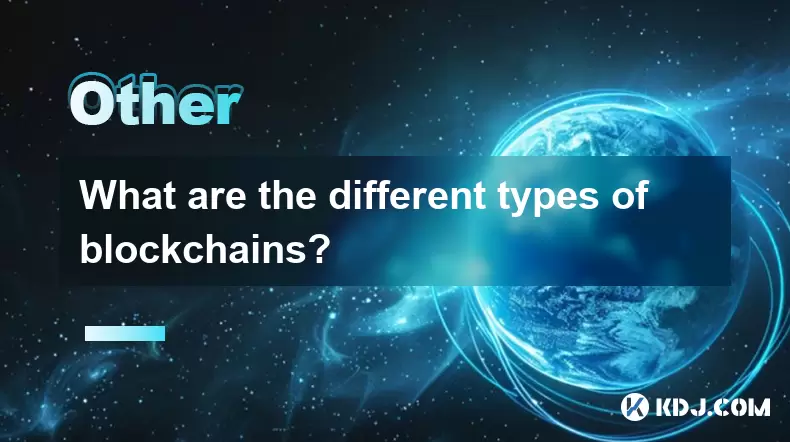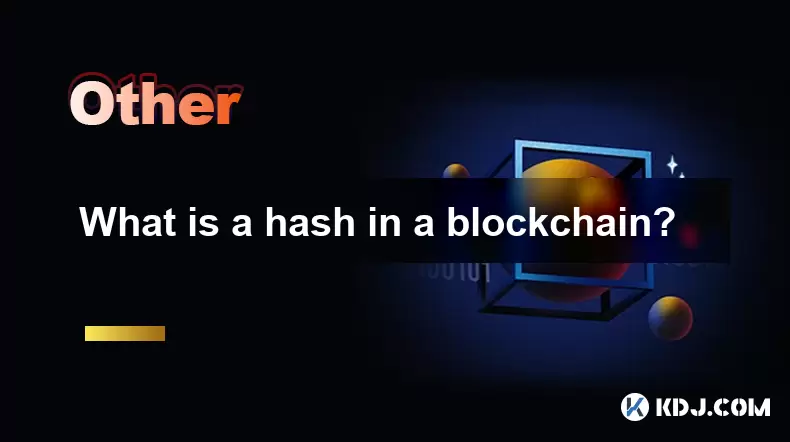-
 Bitcoin
Bitcoin $112400
-1.07% -
 Ethereum
Ethereum $3409
-3.27% -
 XRP
XRP $2.784
-6.60% -
 Tether USDt
Tether USDt $0.9997
-0.03% -
 BNB
BNB $739.3
-2.09% -
 Solana
Solana $158.0
-2.90% -
 USDC
USDC $0.9998
-0.02% -
 TRON
TRON $0.3213
-0.94% -
 Dogecoin
Dogecoin $0.1929
-5.01% -
 Cardano
Cardano $0.6974
-2.82% -
 Hyperliquid
Hyperliquid $36.69
-2.31% -
 Sui
Sui $3.327
-4.80% -
 Stellar
Stellar $0.3672
-5.18% -
 Chainlink
Chainlink $15.65
-3.07% -
 Bitcoin Cash
Bitcoin Cash $525.0
-1.68% -
 Hedera
Hedera $0.2291
-6.00% -
 Avalanche
Avalanche $20.91
-2.96% -
 Ethena USDe
Ethena USDe $1.000
0.00% -
 Toncoin
Toncoin $3.520
-1.12% -
 UNUS SED LEO
UNUS SED LEO $8.968
0.14% -
 Litecoin
Litecoin $105.7
0.26% -
 Shiba Inu
Shiba Inu $0.00001181
-1.79% -
 Polkadot
Polkadot $3.492
-2.08% -
 Uniswap
Uniswap $8.800
-3.10% -
 Dai
Dai $0.9999
-0.01% -
 Monero
Monero $289.9
-3.17% -
 Bitget Token
Bitget Token $4.243
-1.27% -
 Pepe
Pepe $0.00001006
-3.67% -
 Cronos
Cronos $0.1248
-5.68% -
 Aave
Aave $249.7
-2.50%
What is a side chain? How does it interact with the main chain?
Side chains enhance main chain scalability by offloading transactions, using a two-way peg to transfer assets securely between chains.
Apr 27, 2025 at 05:08 pm

A side chain is a separate blockchain that runs parallel to the main blockchain, often referred to as the main chain. Side chains are designed to enhance the functionality and scalability of the main chain by offloading some of the transactions and operations. This allows the main chain to maintain its integrity and performance while the side chain handles specific tasks. Side chains can have their own consensus mechanisms, rules, and even cryptocurrencies, yet they remain connected to the main chain through a two-way peg mechanism.
How Side Chains Work
Side chains operate by allowing assets to be transferred between the main chain and the side chain. This transfer is facilitated through a process known as pegging. There are two types of pegging mechanisms: two-way pegging and one-way pegging. Two-way pegging is more commonly used because it allows assets to move back and forth between the main chain and the side chain. One-way pegging, on the other hand, only allows assets to move from the main chain to the side chain without the possibility of returning.
The Two-Way Peg Mechanism
The two-way peg is a critical component of how side chains interact with the main chain. This mechanism involves locking assets on the main chain and then issuing equivalent assets on the side chain. When the assets need to be returned to the main chain, the process is reversed: the assets on the side chain are destroyed, and the locked assets on the main chain are released. This process ensures that the total supply of assets remains constant across both chains.
To implement a two-way peg, several steps are necessary:
- Locking Assets on the Main Chain: Users send their assets to a designated address on the main chain, effectively locking them.
- Issuing Equivalent Assets on the Side Chain: Once the assets are locked, an equivalent amount of assets is minted on the side chain.
- Using Assets on the Side Chain: Users can now use these assets on the side chain for various purposes, such as transactions or smart contracts.
- Returning Assets to the Main Chain: When users want to return their assets to the main chain, they send the assets on the side chain to a designated address, which results in the destruction of those assets.
- Releasing Locked Assets on the Main Chain: The locked assets on the main chain are then released back to the user’s address.
Benefits of Side Chains
Side chains offer several advantages to the blockchain ecosystem. Scalability is one of the primary benefits, as side chains can handle a portion of the transaction load, reducing the burden on the main chain. This can lead to faster transaction times and lower fees. Interoperability is another significant advantage, as side chains can facilitate the transfer of assets and data between different blockchains. Additionally, side chains allow for experimentation with new features and consensus mechanisms without risking the stability of the main chain.
Examples of Side Chains
Several cryptocurrencies and blockchain platforms have implemented side chains to enhance their functionality. Liquid Network is a side chain of Bitcoin that focuses on improving transaction speed and privacy. It uses a two-way peg to allow users to move their Bitcoin between the main Bitcoin blockchain and the Liquid Network. Polkadot is another example, which uses a concept similar to side chains called parachains to connect multiple blockchains and enhance interoperability.
Interaction Between Side Chains and the Main Chain
The interaction between side chains and the main chain is primarily facilitated through the two-way peg mechanism, as discussed earlier. However, there are other aspects to consider. Security is a crucial factor, as side chains need to ensure that the assets locked on the main chain are secure and that the peg mechanism is trustworthy. Many side chains use a federated model or a multi-signature scheme to manage the locking and unlocking of assets, adding an additional layer of security.
Communication between the side chain and the main chain is also essential. This can be achieved through bridge protocols that allow data and transactions to be relayed between the two chains. These protocols ensure that the state of the side chain is accurately reflected on the main chain, maintaining the integrity of the entire system.
Challenges and Considerations
While side chains offer numerous benefits, they also come with challenges. Security risks are a primary concern, as the peg mechanism can be vulnerable to attacks if not properly implemented. Centralization is another issue, as some side chains may rely on a federated model that could potentially lead to centralization of control. Complexity is also a factor, as the implementation of side chains and their interaction with the main chain requires sophisticated technical solutions.
To address these challenges, developers and researchers are continually working on improving the security and decentralization of side chains. Decentralized solutions such as using a network of nodes to manage the peg mechanism are being explored. Additionally, formal verification and auditing of the side chain protocols can help mitigate potential risks.
Use Cases of Side Chains
Side chains have a wide range of use cases within the cryptocurrency ecosystem. Tokenization of assets is one common application, where side chains can be used to create and manage tokens that represent real-world assets. Gaming and non-fungible tokens (NFTs) are other areas where side chains can be beneficial, allowing for the creation and transfer of unique digital assets. Decentralized finance (DeFi) platforms can also leverage side chains to enhance scalability and interoperability, enabling more efficient lending, borrowing, and trading of assets.
Frequently Asked Questions
Q: Can side chains operate independently of the main chain?
A: While side chains are connected to the main chain through mechanisms like the two-way peg, they can operate independently in terms of their own rules, consensus mechanisms, and transactions. However, their value and functionality are often tied to the main chain, as they rely on the assets and security of the main chain.
Q: Are side chains more secure than the main chain?
A: The security of side chains can vary depending on their implementation. While some side chains may use additional security measures like multi-signature schemes, they can also introduce new vulnerabilities, especially in the peg mechanism. The security of a side chain is often closely linked to the security of the main chain it is connected to.
Q: Can side chains be used to create new cryptocurrencies?
A: Yes, side chains can be used to create new cryptocurrencies that are pegged to the assets on the main chain. These new cryptocurrencies can have their own features and use cases, but their value is often derived from the main chain assets they are pegged to.
Q: How do side chains affect the scalability of the main chain?
A: Side chains can significantly improve the scalability of the main chain by offloading transactions and operations to the side chain. This reduces the load on the main chain, allowing it to process transactions more efficiently and potentially increasing the overall throughput of the entire system.
Disclaimer:info@kdj.com
The information provided is not trading advice. kdj.com does not assume any responsibility for any investments made based on the information provided in this article. Cryptocurrencies are highly volatile and it is highly recommended that you invest with caution after thorough research!
If you believe that the content used on this website infringes your copyright, please contact us immediately (info@kdj.com) and we will delete it promptly.
- BlockDAG, SEI, Ethena: Top Crypto Performers Under the Microscope
- 2025-08-03 10:50:16
- Bitcoin Blasts Past $119K: How Institutional Adoption and Macro Shifts Fuel the Fire
- 2025-08-03 10:55:16
- Crypto, Grok, and August: Decoding the Latest Trends and Insights
- 2025-08-03 11:10:16
- Crypto, Phishing, and Your Wallet: A New Yorker's Guide to Staying Safe
- 2025-08-03 10:30:16
- Troller Cat Meme Coin Presale Soars: A New King in the Crypto Jungle?
- 2025-08-03 10:30:16
- Grayscale, Altcoin Trust, and Mid-Cap Mania: What's the Deal?
- 2025-08-03 08:50:16
Related knowledge

What is the difference between on-chain and off-chain transactions?
Aug 02,2025 at 04:22pm
Understanding On-Chain TransactionsOn-chain transactions refer to digital asset transfers that are recorded directly on a blockchain ledger. These tra...

What is the double-spending problem and how does blockchain prevent it?
Aug 02,2025 at 01:07pm
Understanding the Double-Spending ProblemThe double-spending problem is a fundamental challenge in digital currency systems where the same digital tok...

What is the difference between a blockchain and a database?
Aug 01,2025 at 09:36pm
Understanding the Core Structure of a BlockchainA blockchain is a decentralized digital ledger that records data in a series of immutable blocks linke...

How does blockchain handle scalability?
Aug 02,2025 at 02:58pm
Understanding Blockchain Scalability ChallengesBlockchain scalability refers to a network's ability to handle an increasing volume of transactions wit...

What are the different types of blockchains?
Aug 03,2025 at 03:01am
Public Blockchains: Open and Decentralized NetworksPublic blockchains are the most widely recognized type of blockchain, characterized by their open a...

What is a hash in a blockchain?
Aug 02,2025 at 05:28am
Understanding the Concept of Hash in BlockchainA hash in the context of blockchain technology refers to a unique digital fingerprint generated by a cr...

What is the difference between on-chain and off-chain transactions?
Aug 02,2025 at 04:22pm
Understanding On-Chain TransactionsOn-chain transactions refer to digital asset transfers that are recorded directly on a blockchain ledger. These tra...

What is the double-spending problem and how does blockchain prevent it?
Aug 02,2025 at 01:07pm
Understanding the Double-Spending ProblemThe double-spending problem is a fundamental challenge in digital currency systems where the same digital tok...

What is the difference between a blockchain and a database?
Aug 01,2025 at 09:36pm
Understanding the Core Structure of a BlockchainA blockchain is a decentralized digital ledger that records data in a series of immutable blocks linke...

How does blockchain handle scalability?
Aug 02,2025 at 02:58pm
Understanding Blockchain Scalability ChallengesBlockchain scalability refers to a network's ability to handle an increasing volume of transactions wit...

What are the different types of blockchains?
Aug 03,2025 at 03:01am
Public Blockchains: Open and Decentralized NetworksPublic blockchains are the most widely recognized type of blockchain, characterized by their open a...

What is a hash in a blockchain?
Aug 02,2025 at 05:28am
Understanding the Concept of Hash in BlockchainA hash in the context of blockchain technology refers to a unique digital fingerprint generated by a cr...
See all articles

























































































